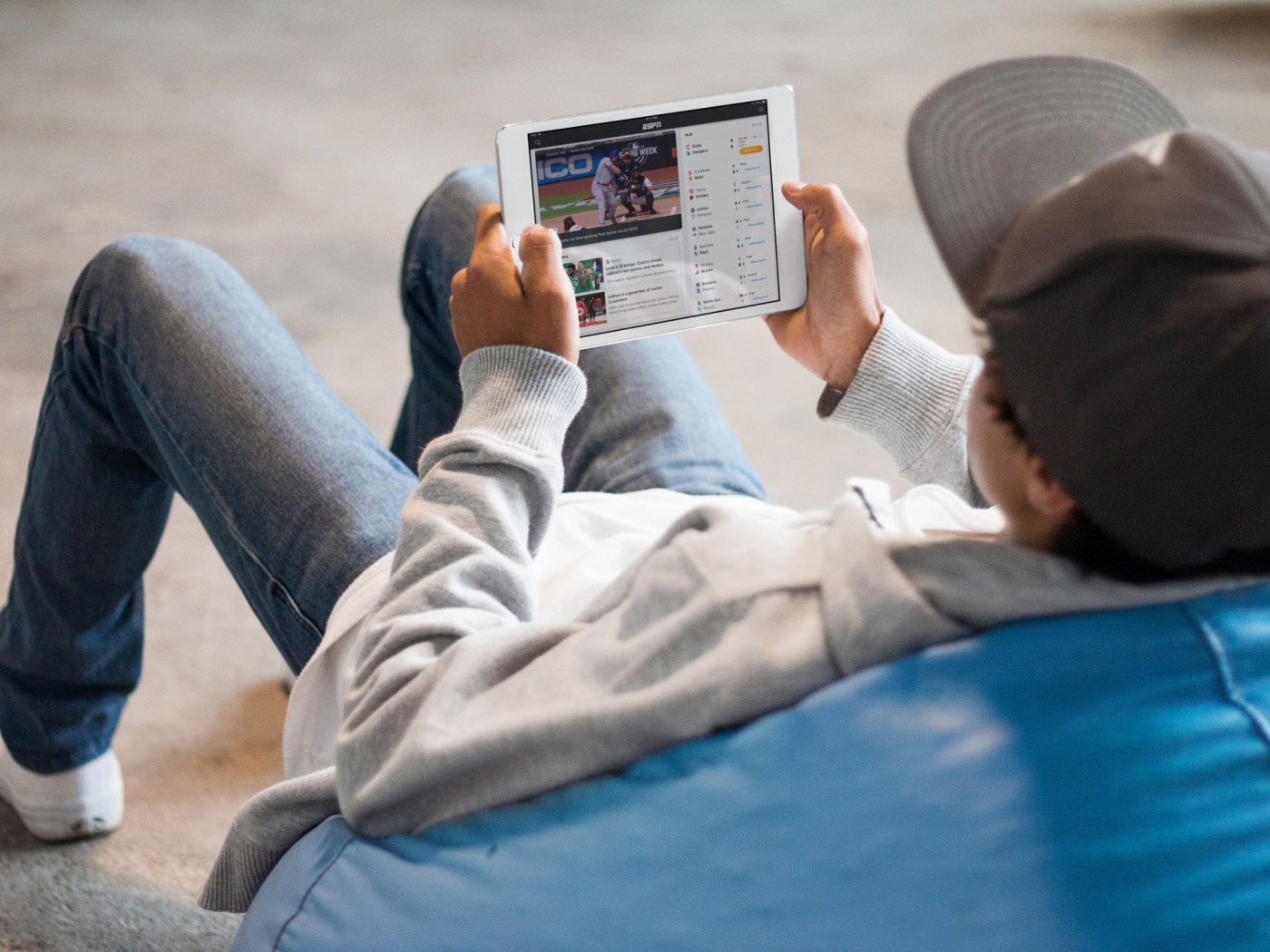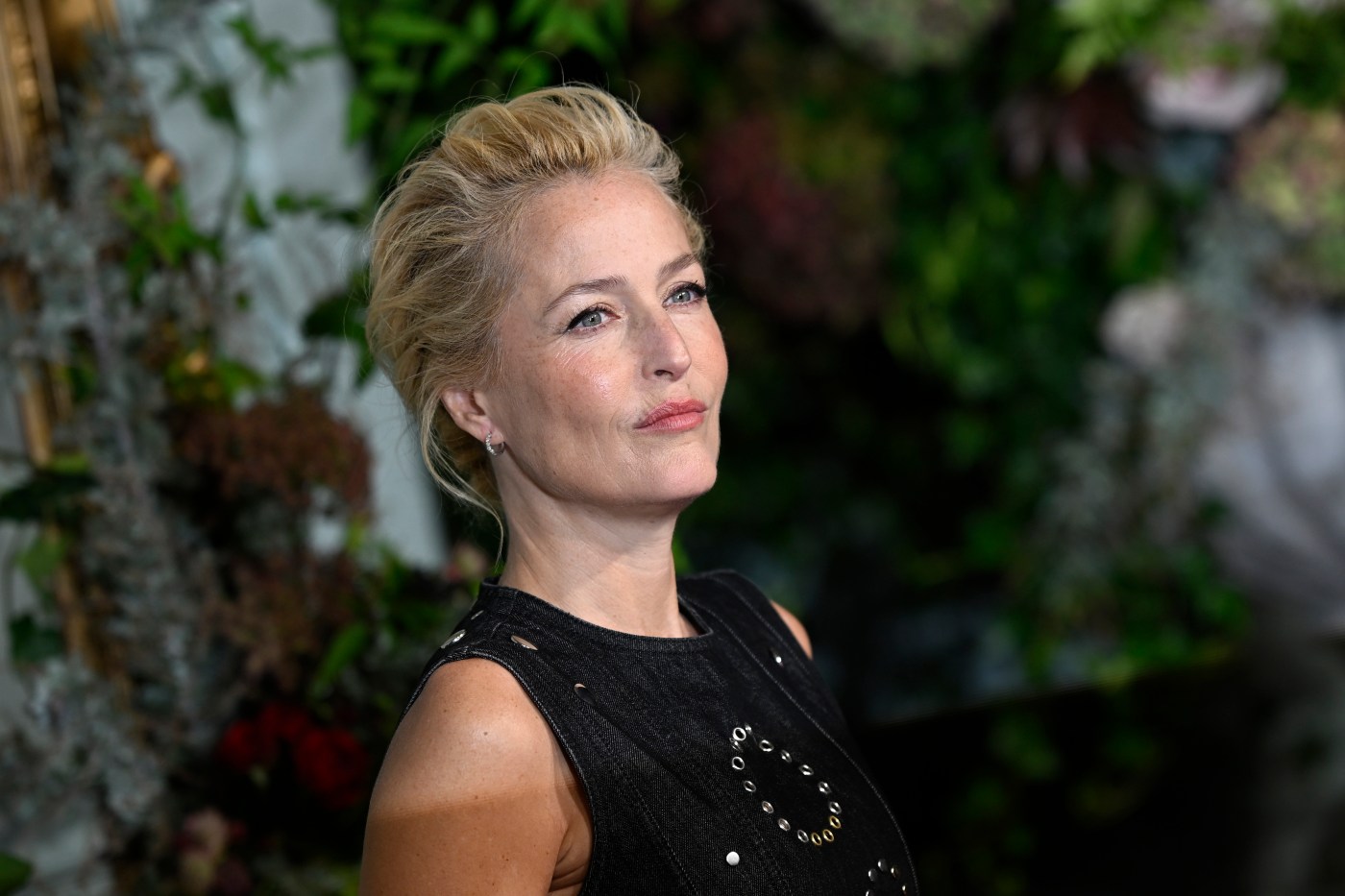By Hannah Miller and Lucas Shaw, Bloomberg
About 35 million households have stopped paying for the sports cable channel ESPN over the past 15 years. Another 30 million will join them in the next decade, according to internal projections. Jimmy Pitaro has a plan to win some of them back.
On Aug. 21, Pitaro, the chairman of ESPN, will introduce a new app offering thousands of live sporting events — including games from the National Football League and National Basketball Association — as well as fantasy sports and highlights. Pitaro hopes this new ESPN service, which will cost $30 a month, will be the first place any sports fan goes to watch live events, check scores or change the roster for their fantasy team.
Related Articles
Bay Padel sport venue signs lease in Google’s downtown San Jose village
In one California city, drones will soon replace police officers as first-response option for 911 calls
Why some companies are making it extra difficult to delete your data
Altera chops jobs in San Jose as pace of Bay Area tech worker losses eases
AI startup Perplexity makes $34.5 billion bid for Google’s Chrome browser
Pitaro has been developing the platform for more than two years and calls it one of the most important initiatives in the history of the company, which launched in 1979. This will be the first time ESPN offers its full panoply of sports to people who don’t pay for a cable or satellite package.
ESPN has long avoided doing anything to undercut the traditional pay-TV business, which generates billions of dollars in profits for its owner, Walt Disney Co. ESPN makes most of its money from fees collected from cable subscribers, as well as advertising during major events. Yet as the trickle of cord-cutters has turned into a flood, Pitaro and his boss, Disney Chief Executive Officer Bob Iger, are seeking ways to reach the increasing number of people who don’t pay them any money.
“Our focus is getting those folks off of the sidelines and subscribing to ESPN,” Pitaro said, sitting at the dining room of his home in Westport, Connecticut, about 50 miles from ESPN’s headquarters in Bristol. A trim former lawyer and lapsed vegetarian, Pitaro chooses his words carefully in between sips of sparkling water.
Running the largest sports media company in the world is a dream job for Pitaro, a lifelong Yankees fan who named one of his dogs Jeter (as in Derek). He agreed to take the reins at ESPN in 2018 even though he knew it faced an existential crisis.
ESPN had been the single biggest beneficiary of the cable TV bundle. It collected the highest fees of any network from each of the 100 million households that once paid for cable, whether or not they liked sports.
Yet Pitaro, previously the head of Disney’s consumer products and interactive media unit, had sat next to then-ESPN President John Skipper at Iger’s weekly staff meetings, where he heard updates on the challenges ahead. The number of people who pay for ESPN peaked in 2010 and soon began a steady decline, losing millions of subscribers a year.
Disney knew ESPN had to respond, but felt constrained in its ability to take a big risk. The network was still making billions of dollars a year from cable. Sales from Disney’s media networks unit, which included cable and broadcast networks, generated nearly $8 billion of operating income in 2015 on sales of $23.3 billion. If ESPN offered major sports to customers online, cable operators could drop the service, cutting it off from millions of customers. Disney prioritized keeping ESPN in as many homes as possible and charging the pay-TV operators as much money as possible every year.
Pitaro said the leadership team initially decided to take a step into streaming without significantly disrupting the traditional cable ecosystem.
“When the lion’s share of your revenue is coming from cable operators, you’re loath to rock the boat,” said Ed Desser, a sports media consultant and former NBA executive.
The result was ESPN+, a direct-to-consumer streaming service that launched in April 2018, a month after Pitaro replaced Skipper. It was, by Pitaro’s own admission, a half-measure. ESPN+ offered some live sports, like European soccer, boxing and certain college athletics, but not the most popular events in the ESPN arsenal. It served as a nice complement to the cable bundle — not a replacement.
Disney has added to ESPN+ over the years, including an NFL game. The service received a big boost in 2019 when it was made available as part of a bundle with Disney+ and Hulu, the company’s other streaming services. ESPN+ now has about 24 million subscribers generating an average of $6.40 a month. That contributes a small percentage of ESPN’s $4.31 billion in revenue in the fiscal third quarter.
ESPN has made other moves to adapt to the digital era. The company improved its website, app, fantasy sports and podcast offerings. It is, by any measure, the most popular sports media brand in the world.
But while a large digital footprint has helped the company remain relevant with younger audiences, it doesn’t generate a ton of revenue. ESPN still makes most of its money from its TV network. And as the number of people cutting the cord has accelerated, it has dragged down ESPN’s earnings.
While Disney would still rather people pay for cable, Iger finally decided the company needed to decouple ESPN from cable a few years ago. Pitaro started to develop a new ESPN streaming service under the nickname “Flagship,” and renegotiated the company’s deals with sports leagues and pay-TV operators to gain greater flexibility.
The biggest question for ESPN is a simple one: Who is this new service for?
Iger has called it a “sports fan’s dream.” What’s clear is that there will be a far greater volume of sports covered on the ESPN app than what’s on traditional channels.
Pitaro is excited about offering a personalized version of ESPN’s flagship program SportsCenter, which will leverage artificial intelligence to provide highlights, news and recaps for viewers’ favorite sports and teams. The streaming service will also include integrations with ESPN’s betting and fantasy sports offerings.
Yet sports fans probably won’t pay $30 a month for SportsCenter when game highlights and fantasy sports are widely available for free. The fate of the service rests on live games, which is why Disney is introducing the app just ahead of football season.
ESPN possesses the largest collection of live sports rights in the US, accounting for 30% to 40% of sports viewing in most months. It continues to dominate television ratings among sports networks and saw a 4% increase in viewership during the first half of 2025 compared with the same period last year, according to Nielsen.
But the service doesn’t have a monopoly on any single major sport. It is one of about seven apps where you can watch the NFL and one of at least four services that will have the NBA.
Amid the proliferation of streaming apps and wide distribution of sports across platforms, Disney and Fox Corp. announced Monday that they’ll offer a combined streaming bundle for $40 a month. The package will include ESPN and Fox’s new streaming app Fox One, which also launches Aug. 21 and provides access to sports, news and entertainment from across Fox’s broadcast and cable channels. The combined bundle will be available starting Oct. 2.Financial realities have forced Pitaro to be selective in acquiring rights. ESPN will lose Formula 1 racing after offering the league only a token increase over its current deal. (Apple Inc. is poised to win the rights after offering a premium.) And it let go of the Ultimate Fighting Championship, ceding the mixed martial arts league to Paramount, whose new owner, David Ellison, agreed to pay more than double what ESPN did.
In February, ESPN pulled out three years early from its $550 million-a-year broadcast deal with Major League Baseball. The package, which includes 30 regular-season games and the Home Run Derby, has drawn interest from Apple, Fox, NBC and Netflix Inc. and is likely to be divided among multiple bidders.
The company is evaluating what it considers to be “must-have” sports rights versus “nice-to-have,” according to Robert Fishman, an analyst at MoffettNathanson Research.
Local rights for baseball, which would help ESPN limit subscriber defectors, are on Pitaro’s list of keepers. Diehard fans won’t cancel the only service where they can watch their local team.
And he has prioritized the most popular sports, namely football and basketball. Last year, Disney agreed to pay the NBA $2.6 billion a year — nearly twice the size of its previous deal — in order to keep a package of games that includes the NBA Finals. It also agreed to pay more than $1 billion annually for the college football playoffs.
On Aug. 5, Disney announced it will acquire most of the National Football League’s media businesses, including the NFL Network cable channel. It will be able to offer the highly popular NFL RedZone channel and three additional regular season games on the ESPN app.
The company has built “the best portfolio of rights we’ve ever had,” Pitaro said. “We have spent the past five years hyper-focused on acquiring the most marquee rights, the rights that we believe are going to have the most impact on both a direct-to-consumer world, and a traditional cable and satellite world,” he said.
Disney’s most effective sales pitch is a throwback to the halcyon days of cable. The company is trying to use sports to help drive customers to its own streaming bundle — a package that includes Disney+, Hulu and ESPN for $36 a month, just $6 more than standalone ESPN. It will cost just $30 a month for the first year, which means sports fans can effectively get Disney+ and Hulu for free.
Hugh Johnston, Disney’s chief financial officer, told analysts on a recent conference call “our goal with ESPN is to basically reach sports fans as they choose to be reached.” That could be through the ESPN app, or through a new combined Disney+Hulu app, or even through cable, he said. “Our goal is to engage them where they are.”
More stories like this are available on bloomberg.com
©2025 Bloomberg L.P.





